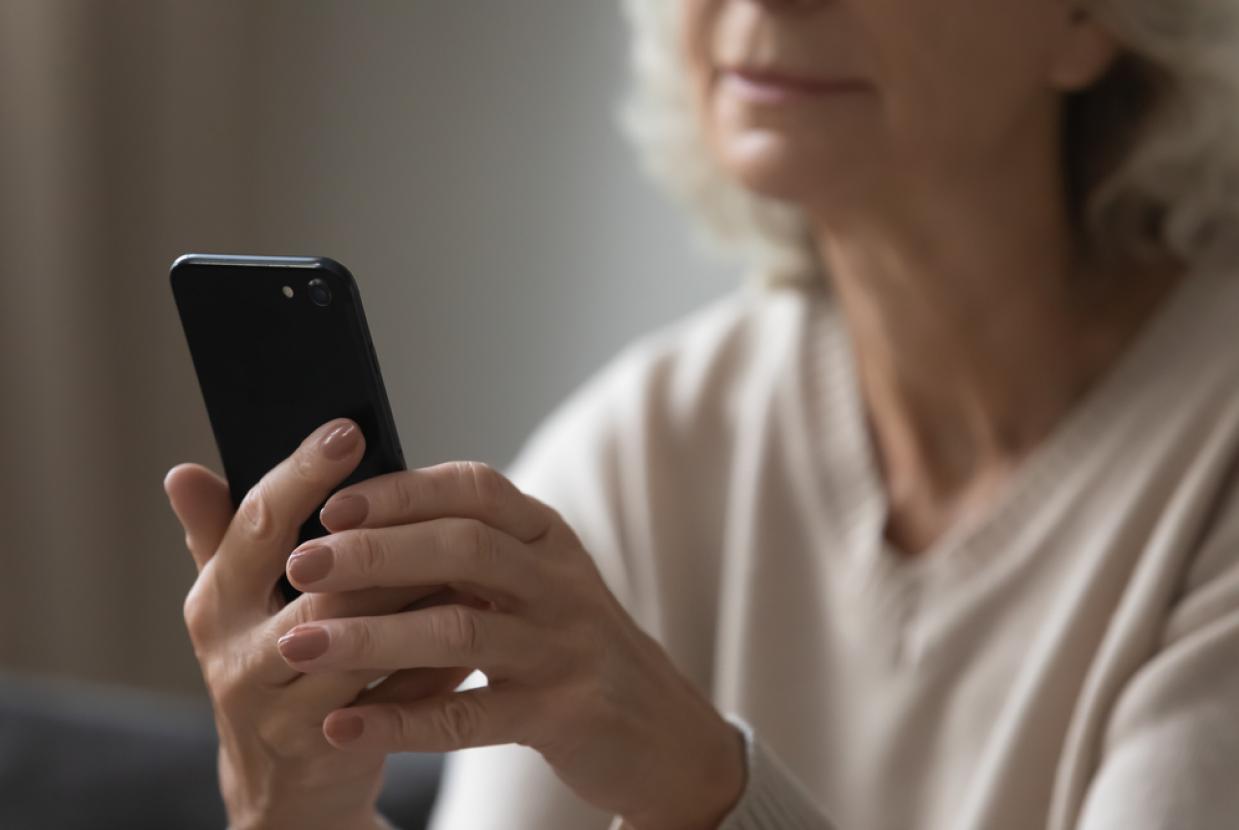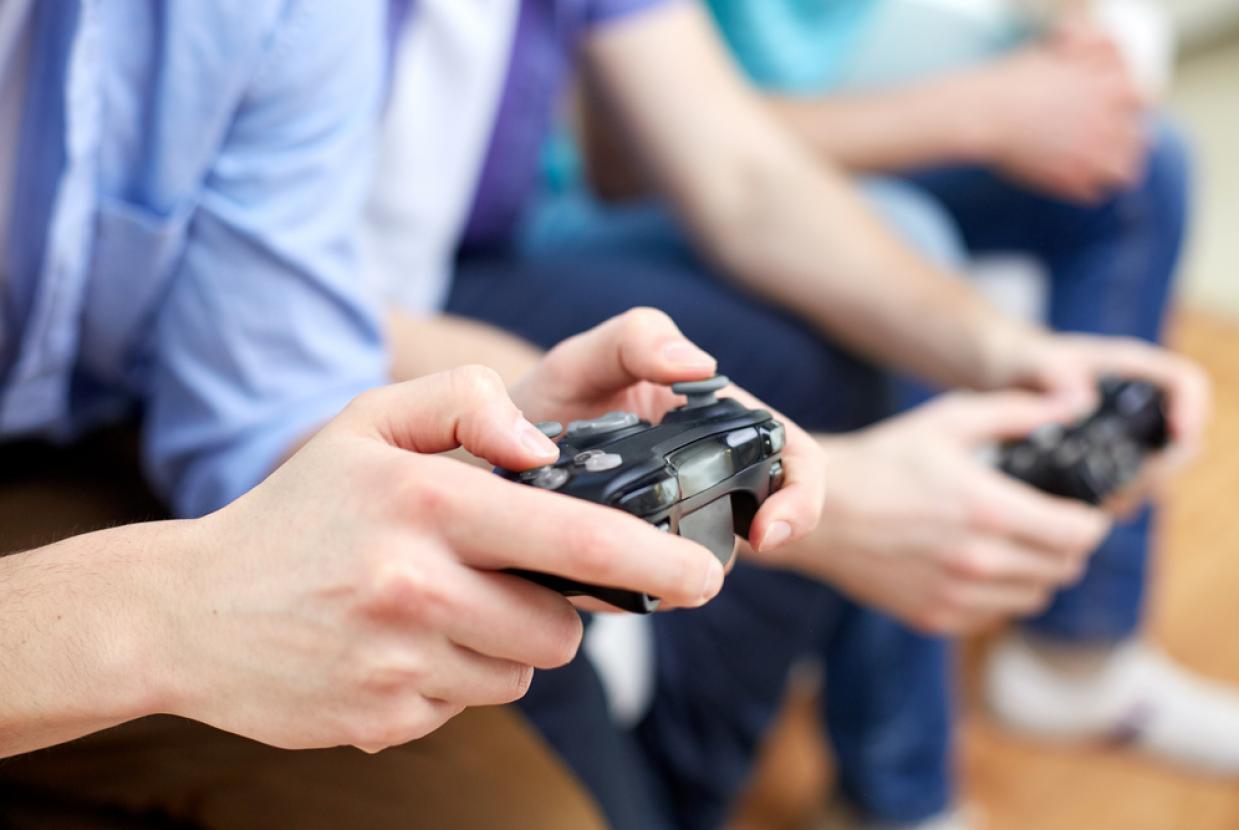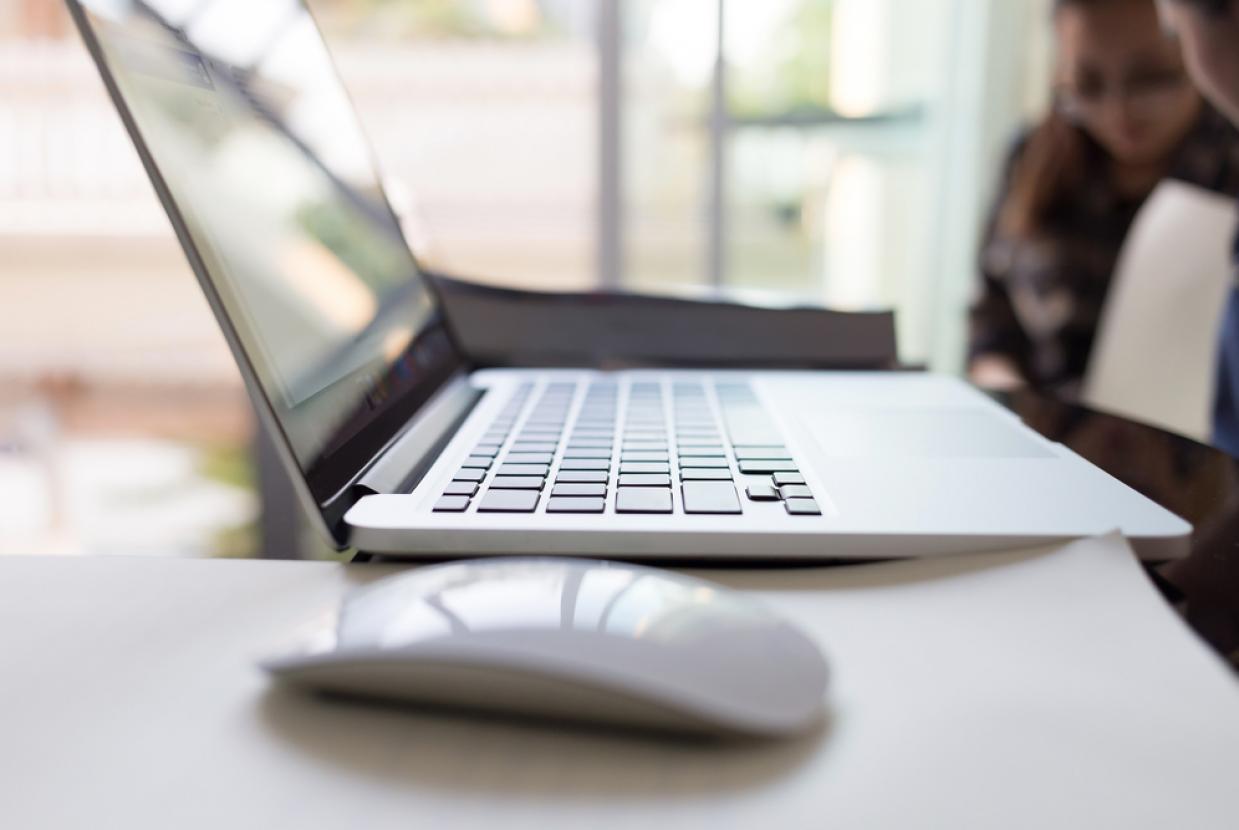How The Eye Works
We need light to see what is around us and to see colour. Light bounces off the objects we look at and different objects reflect different amounts of light, which we see as different colours. The different parts of the eye work together to turn these light rays into images.
Front of the eye
Light rays enter the front of our eye through the clear cornea and lens. It is very important that both the cornea and lens are clear as this allows the light to pass directly through the front of the eye to the retina.
The cornea and lens bend light so that it can focus on the retina at the back of our eye. This gives us a clear, precise image. The cornea focuses the light on our retina. The lens fine tunes the focusing of this light.
Our tears form a protective layer at the front of the eye and help to direct the light coming into our eye. The iris, the coloured circle at the front of our eye, changes the size of the pupil which allows different amounts of light into our eye.
The pupil is the dark hole in the middle of the coloured part of our eye. The pupil gets smaller in bright conditions to let less light in. The pupil gets bigger in dark conditions to let more light in.
Middle eye
The middle of our eye is filled with a jelly-like substance called the vitreous. The vitreous is clear and allows light to pass directly from the front to the back of our eye.
Back of the eye
The retina at the back of the eye is a light-sensitive layer which consists of rod and cone cells. These cells collect the light signals directed onto them and send them as electrical signals to the optic nerve at the back of our eye.
Rod cells are concentrated around the edge of the retina. They help us to see things that aren't directly in front of us, giving us a rough idea of what is around us. They help us with our mobility and getting around by stopping us from bumping into things. They also enable us to see things in dim light and to see movement.
Cone cells are concentrated in the centre of our retina where the light is focused by the cornea and lens. This area is called the macula. Cone cells give us our detailed vision which we use when reading, watching TV, sewing and looking at people's faces. They are also responsible for most of our colour vision.
The optic nerve is made up of thousands of nerve fibres. These fibres pass the electrical signals along to our brain where they are processed into the image we are looking at.
How we see
Seeing can be likened to the process of taking pictures on a film with a camera which you then get developed. The retina is like a camera film which stores an image of what we are looking at. The image directed onto the retina is then sent along to the brain where it is processed, like developing a camera film. Therefore, we actually "see" in our brain with the light information sent to it from our eyes. This whole process happens very quickly so that everything we see is in focus.












































